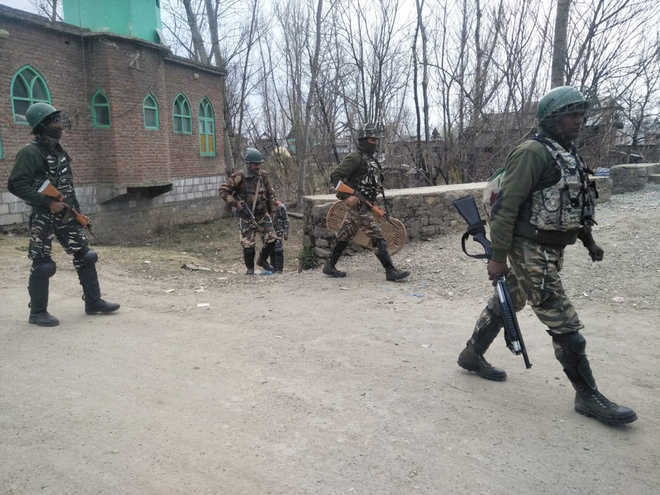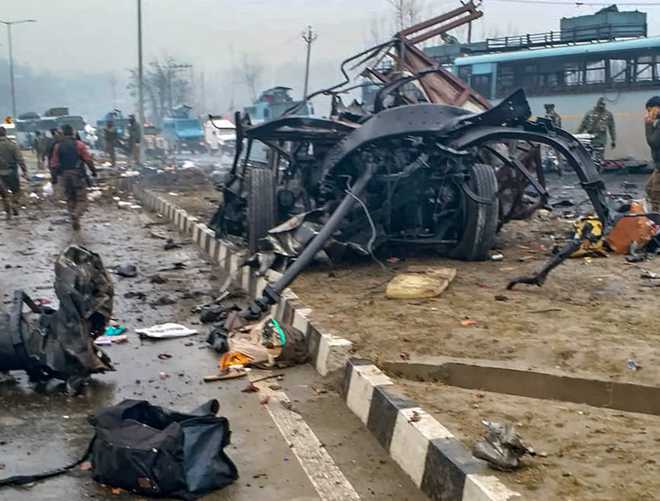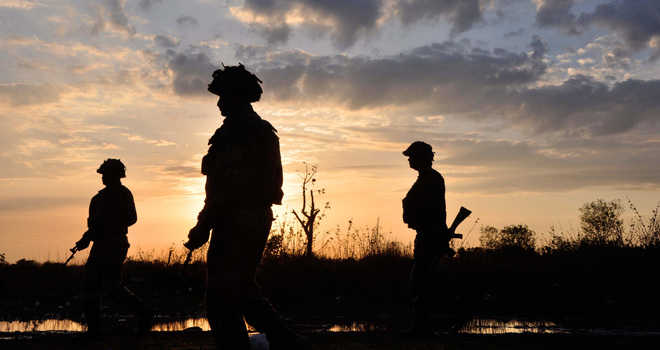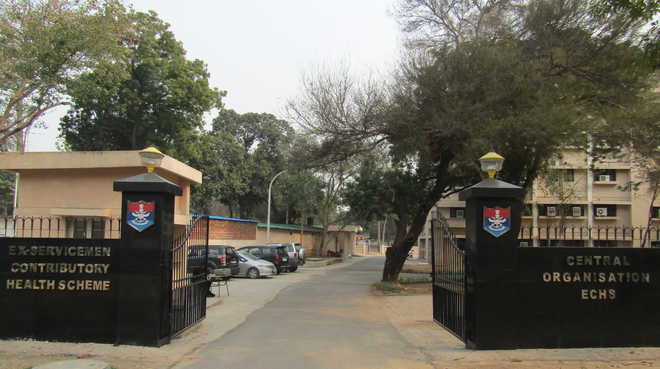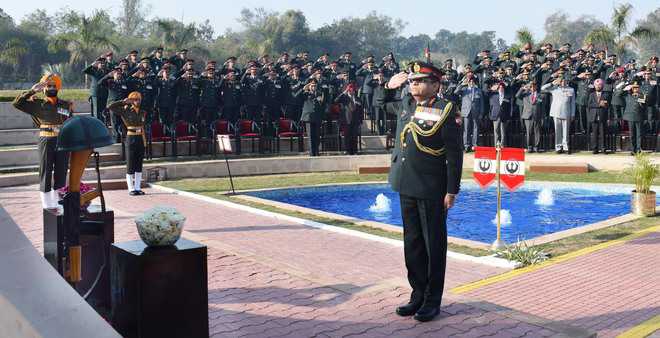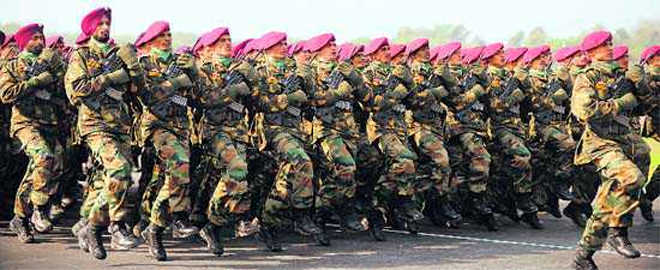
Ajay Banerjee
Tribune News Service
New Delhi, March 5
In the first major restructuring of the Army headquarters in the national capital, the Ministry of Defence is learnt to have reduced some 20 per cent of the officer posts, merged two weapons and systems procurement agencies and created a new post of Deputy Chief who will coordinate with military intelligence, operations and logistics wings.
Sources say Defence Minister Nirmala Sitharaman has taken the decision in line with the government’s resolve to make the 1.3-million strong Army leaner and fit for a 21st century war. A formal notification is expected anytime soon.
The new Deputy Chief will oversee strategy and operations, intelligence collation, conduct of operations and the movement of logistics. At present, the DG (Military Operations) and the DG (Military Intelligence) report to the Army Chief or Vice-Chief.
Also, the restructuring will merge the Master General Ordnance (MGO), who is currently under the Vice-Chief, and the DG (Weapons and Equipment) under a single vertical with the Deputy Chief (Planning and Strategy), which will be renamed Capability Development.
The officers who will be weaned off the headquarters will be sent to formations.
At present, there are an estimated 950 to 1,000 officers posted at the headquarters.
The MoD has also okayed the creation of a consolidated information warfare wing that will subsume two existing wings under the DGMI and the DGMO. The DG (Military Training) will now be merged with the Shimla-based Army Training Command.
Part of four major in-house studies, the restructuring okayed now is called “Reorganisation of the Army headquarters” and is aimed at its integration.
The other three studies on which a decision is yet to be announced are “Reorganisation and rightsizing of the Army”, “Cadre review of officers” and “Review of terms of engagement of rank and file”.
The rightsizing move is aimed at having a balanced cadre to meet the aspirations of the officers. This will include longer tenures as Brigadier, Major General and Lieutenant General and faster promotion from Colonel to Brigadier. The purpose of the last one is to have a younger profile of the officers.








